Modernization of outdated separation equipment. Background and rationale
In the modern technological cycle of gas treatment during production and transportation, gas separators are one of the main structural elements that ensure the quality and efficiency of oil and gas facilities.
The technical and economic efficiency of gas production and transportation facilities largely depends on their design, operational efficiency and technical condition. The increasing demands on the technical component and the growth of the competitive environment dictate the updating of the operating conditions of such equipment and present new challenges for optimizing and improving the design of separation equipment.
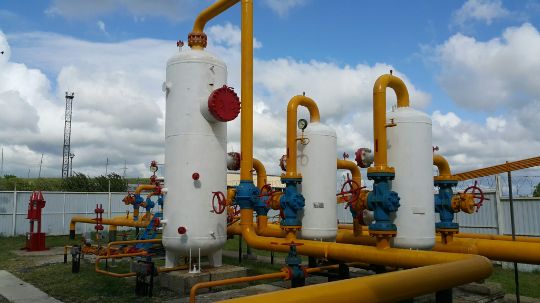
Currently, the vast majority of oil and gas facilities in Russia and the CIS countries operate gas separators, which are simple, reliable, but at the same time very inefficient in operation, designed to purify gas from droplet liquid contained in the gas.
At the same time, such separators, manufactured back in Soviet times, have long since fulfilled their service life, but due to their simplicity and reliability of the housings of devices operating under pressure, they continue to perform their functions as equipment designed to purify the gas stream.
Periodic prolongation of the service life of such devices is allowed on the basis of the "Rules for the design and safe operation of pressure vessels", and is carried out with a frequency of up to two years, which gives additional life to such equipment, but does not solve the issue of its effectiveness. Such service life extensions occur due to the fact that the equipment can still serve as a pressure vessel and this solves some of the problems of the operating services.
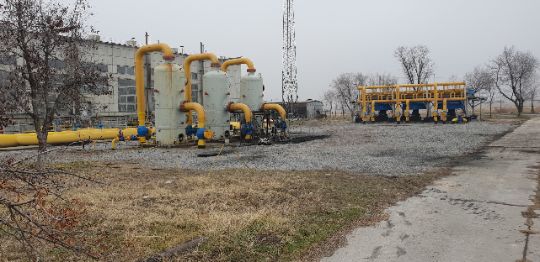
At the same time, a dilemma arises, the device is part of the technological scheme, it has been re-tested, works, passes gas through itself, but at the same time its separation efficiency is extremely low, which leads not only to a deterioration in the operation of the entire facility, but also often to direct economic losses.
The way out of this situation, as usual, lies in solving a complex problem, which has two options. The first option is to install a new separator to replace the spent one. This solution carries significant risks associated with the costs of purchasing new equipment, design binding of new equipment, construction work, and strapping of new equipment at the facility.
This, as a result, leads to the fact that these expenses are capital expenditures and require not only planning, but also long-term coordination with the procedure for entering into the enterprise development program with all the ensuing difficulties and coordination procedures.
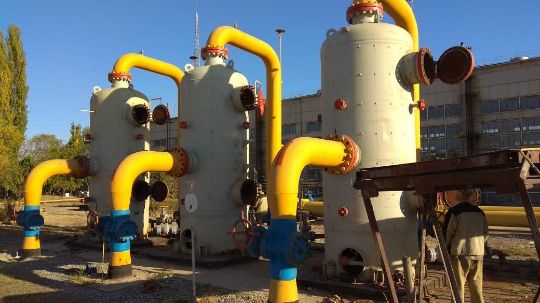
The second option is to modernize the existing device by replacing the internal separation devices. As is known, the body of the device has an extended service life and can still last a sufficient number of years due to its satisfactory technical condition of the vessel wall. Such re-examinations can be carried out further as many times as necessary to meet the requirements of the vessel body strength conditions.
Modernization work on the device is often carried out directly at the installation site of the device, without dismantling it, which significantly reduces the cost of dismantling and transportation. At the same time, the insides themselves are replaced through existing manholes, without violating the integrity of the vessel body, which leads to a significant reduction in the cost of the procedures for replacing internal separation devices.
Such work can be carried out both by the contractor and by the Customer in the direct presence of a representative of Smart Control LLC as the author's supervision over the installation of internal separation devices.
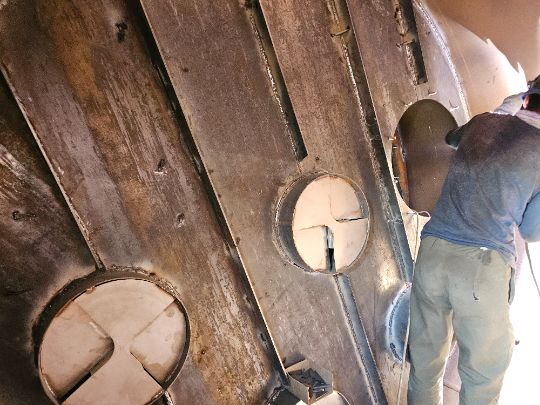
The internal separation devices are made using SGV-7 separators, which have proven their high efficiency and are widely used in the oil and gas industry of Russia and the CIS countries and at the same time have small overall and mass characteristics, which allows them to be delivered inside the repaired separator through manholes.
To carry out such work, mounting kits of SGV-7 separation elements are manufactured, which are a set of structural elements made with the necessary geometric overall dimensions, allowing them to be delivered inside the separator through manholes. Assembly, fastening and installation inside the machine is carried out using welding joints.
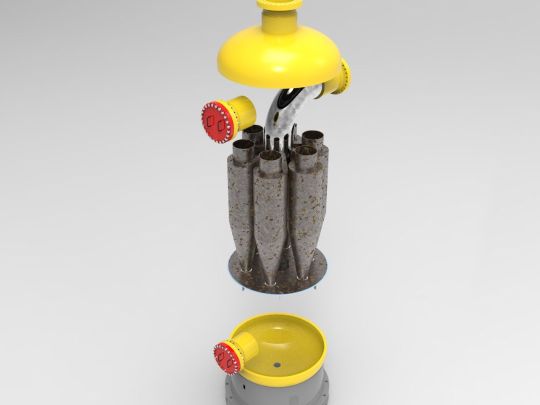
After the installation of the internal separation devices is completed, procedures are carried out to control the welded joints and to accept the installed devices by the customer's representatives. At the same time, the quality of the welded joints, the geometric dimensions of the internal structure and the quality of the assembly are monitored.
Upon completion of the work carried out, mandatory changes are made to the passport of the pressure vessel and are coordinated in Rostechnadzor with the help of a specialized organization.
Thus, the Customer receives a separator that works with increased efficiency due to the use of SGV-7 separation elements in its design and the changes made to the passport of the device.
This method of updating and modernizing separators has a number of advantages, including low cost, the absence of unnecessary procedures upon approval, shortening the time required to upgrade equipment and improving the quality of the separator at the facility.
 — Бесплатные Сайты и CRM.
— Бесплатные Сайты и CRM.